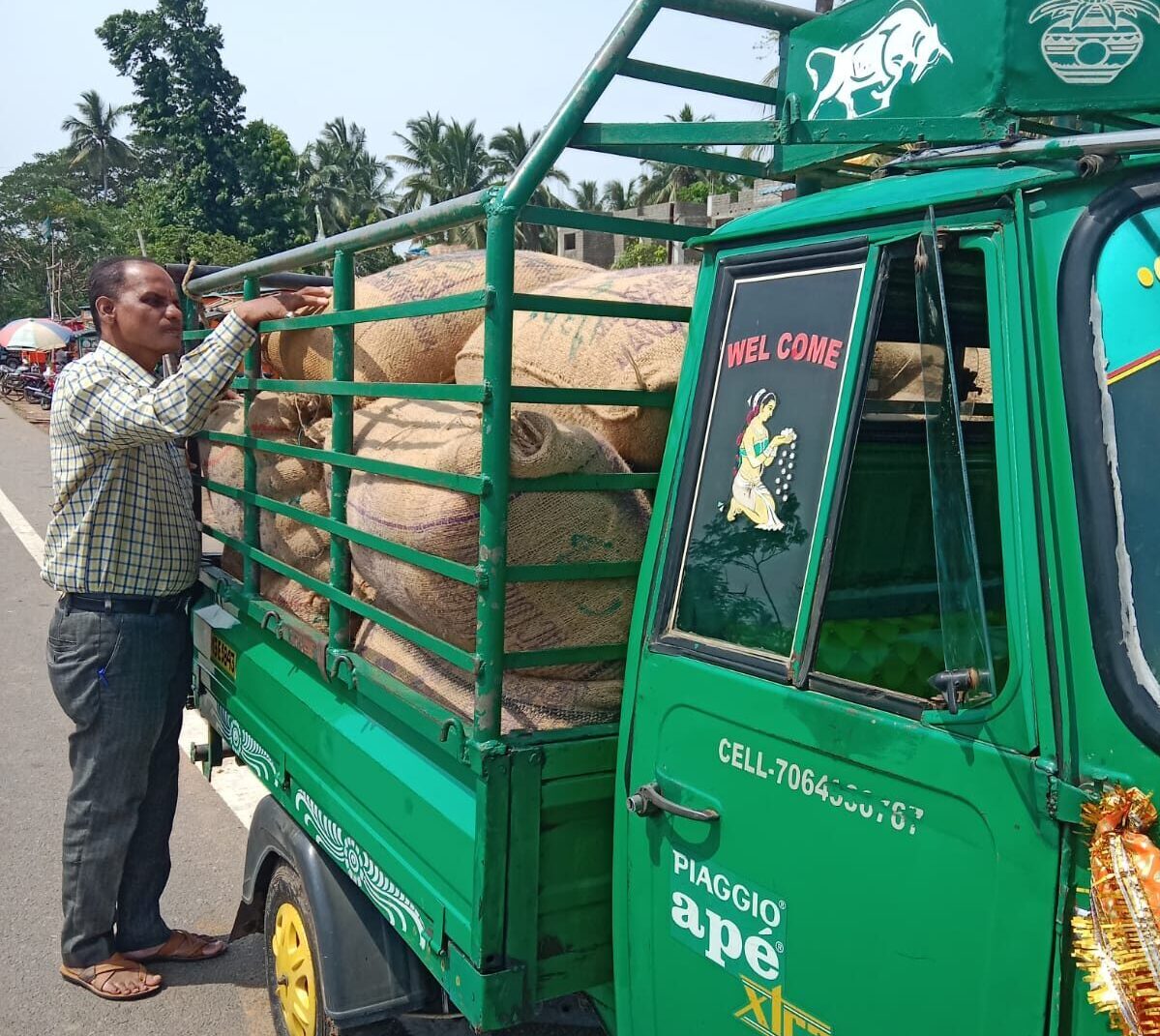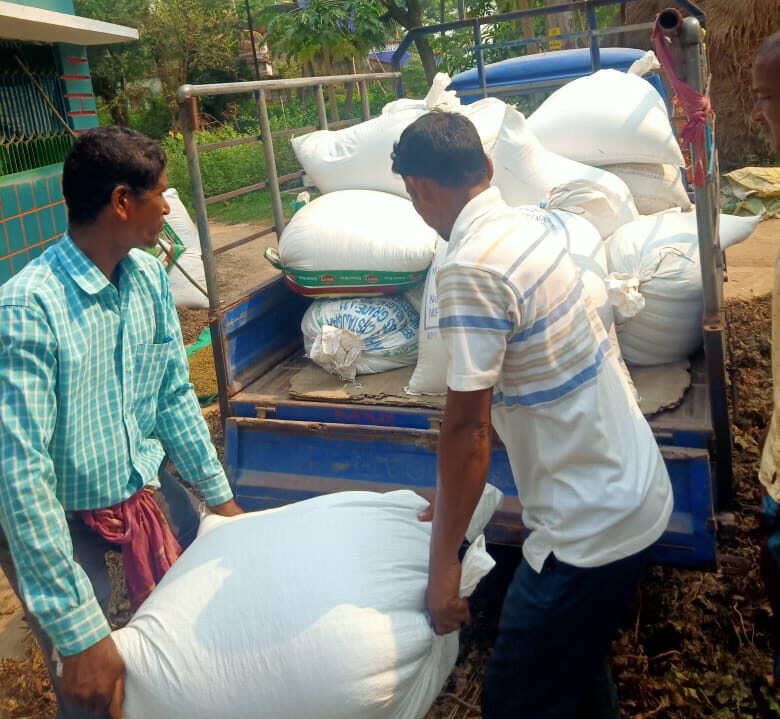
“Prima facie, our work in both crops resolves the same challenges through similar solutions,” says Sami Saran, India deputy country director for Tanager and team lead for the Promotion and Stabilization of Farmer Producer Organizations (PSFPO) project.
Saran is referencing cashew and green gram (also known as moong or the mung bean), two key crops grown in the Indian state of Odisha, where Tanager implements the PSFPO project.
In the case of both crops, Odisha farmers lacked direct access to processors, limiting their sales and their income options.
With both crops, the potential for profit far outweighed the reality.
Capacity takes time, support to build
Farmer Producer Organizations (FPOs) are typically formed to help smallholder farmers leverage economies of scale to maximize the sales price of their crops, among other benefits. But FPOs’ capacity “to function as a collective—i.e., buying from several farmers, grading, packing, and then finding market linkages to processors,” as Saran explains, takes time and support to grow.
“In the absence of a functional FPO, farmers are left to sell their crops to the next available trader, who dominates on price, cheats on weight, and [basically] offers a raw deal,” Saran explains.
The PSFPO project is playing the role of capacity builder for eight lighthouse FPOs in Odisha, fostering those market linkages, facilitating access to financial institutions, and more.
Green gram is a key crop for these FPOS: Of the eight being supported by the PSFPO project, seven are located in green gram clusters.
Strategizing on cashew and green gram
As Tanager was determining how best to support farmers in cashew, it was also working on a green gram strategy. It consulted with the Boards of Directors of the FPOs and individual farmers in the green gram cluster to jointly figure out next steps.
Similar to the actions taken with cashew, Tanager:
- Collected farmer data: Tanager collected data around existing green gram farmers to get a sense of the number of villages (under purview of the FPOs) from where green gram can be sourced, estimate the volume of green gram available, and determine where to locate the primary collection centers, as part of the Hub and Spoke Model implemented under PSFPO.
- Increased Hub-and-Spoke workforce: With the green gram season running simultaneously to cashew and various vegetables, Tanager increased the number of marketing officers and community resource persons to oversee the green gram spokes.
- Facilitated processor linkages: Tanager connected the seven FPOs with a large green gram processor centrally located in the town of Jatni.
- Provided training on quality control: As processors require a certain quality threshold on the product, Tanager also arranged for a training for FPO directors, CEOs, and farmers on moisture meter use, acceptable moisture levels, and allowable crop damage levels. Procurement staff were provided moisture meters by Tanager.
- Ensured access to working capital: Tanager facilitated linkages with financial institutions like Nabkisan and helped the FPOs put in applications for working capital at competitive interest rates.
Double-digit margin increases
Improvements from last season to this season have been marked: 500 metric tons of green gram have been procured and sold by FPOs this season. Farmers reportedly realized 10% increases in their margins, thanks to the connection to the processor. Another 5% increase can be attributable to fair weight, which was allows a challenge when working with traders.
Thanks to these improvements, FPOs have realized a revenue of INR 3.4 Crore (US$411,332), at a net margin of 1.5%, after accounting for all costs.
Saran notes that green gram offers more benefits and potential above and beyond these initial improvements. To start, green gram adds nitrogen to the soil, thereby improving soil health. The use of improved seed varieties, inoculants, line sowing, and mechanized harvesting can further increase yields while providing savings, he says.
And, Saran says, “Green gram has the potential for an FPO to eventually put up a village-level processing mill and convert into Dal—so value-addition possibilities, higher margins, and opportunities for women’s income-generating activities.”
Ultimately, both cashew and green gram are creating increased income, and new opportunities, for smallholder farmers in Odisha.



